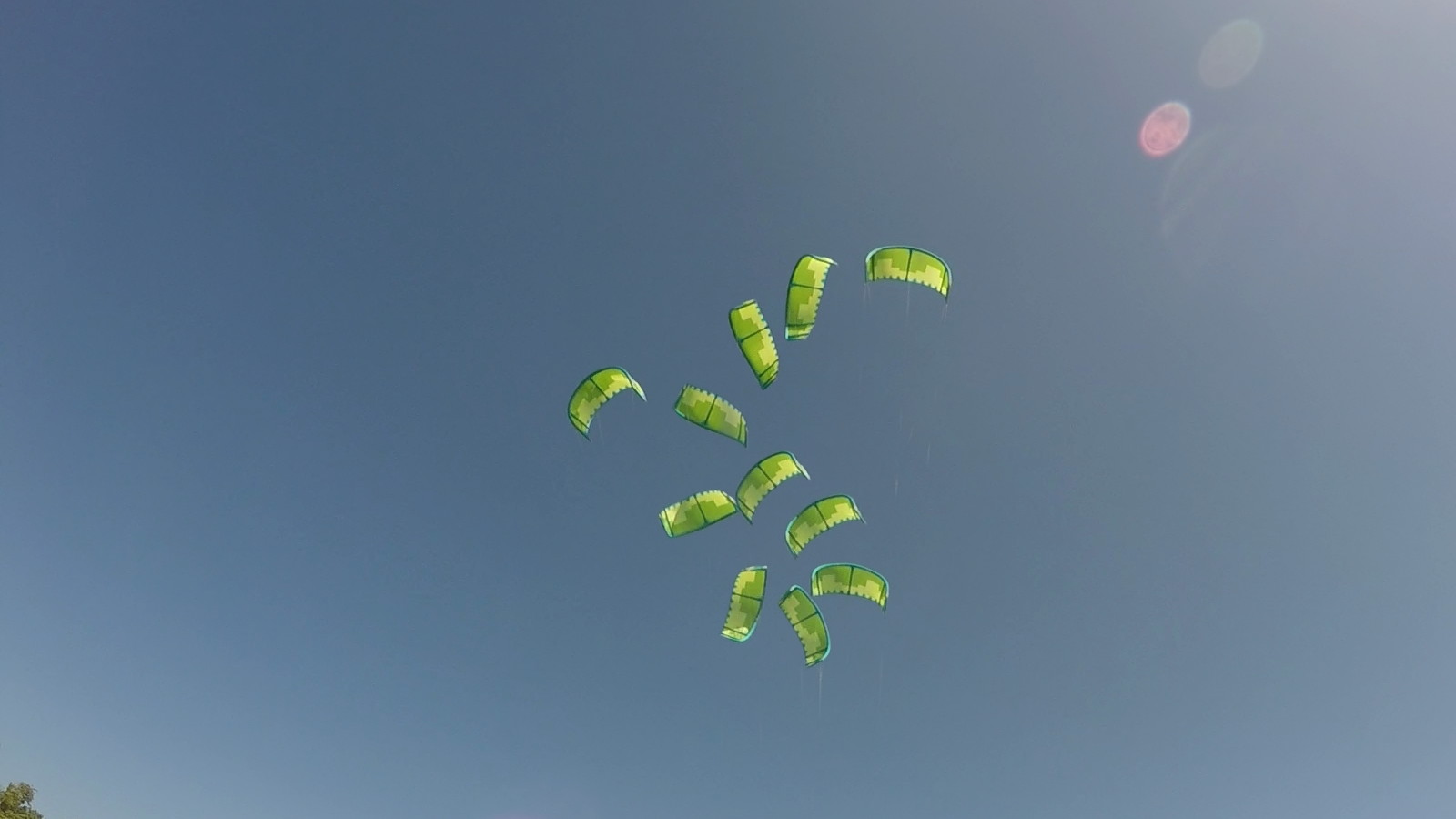Brown, G.:
Parafoil steady
turn response to control input. In: Aerospace design conference,
Irvine, CA, USA (1993
Elfert, C., Schmehl, R.: Measurement of the turning behaviour of
tethered membrane wings using automated flight manoeuvres. Wind Energy
Science. (2023)
Jehle, C.: Automatic flight control of tethered kites for power
generation,
https://mediatum.ub.tum.de/1185997,
(2012)
Jehle, C., Schmehl, R.: Applied tracking control for kite power systems.
Journal of Guidance, Control, and Dynamics. 37, 1211–1222 (2014).
https://doi.org/10.2514/1.62380
Loyd, M.: Crosswind kite power. Journal of Energy. 4, 106–111 (1980).
https://doi.org/10.2514/3.48021
Schelbergen, M., Schmehl, R.: Swinging motion of a kite with suspended
control unit flying turning manoeuvres. Wind Energy Science. 9,
1323–1344 (2024).
https://doi.org/10.5194/wes-9-1323-2024
Vermillion, C., Cobb, M., Fagiano, L., Leuthold, R., Diehl, M., Smith,
R.S., Wood, T.A., Rapp, S., Schmehl, R., Olinger, D., Demetriou, M.:
Electricity in the air: Insights from two decades of advanced control
research and experimental flight testing of airborne wind energy
systems. Annual Reviews in Control. (2021).
https://doi.org/10.1016/j.arcontrol.2021.03.002

